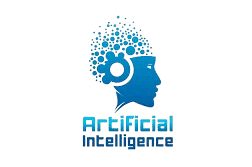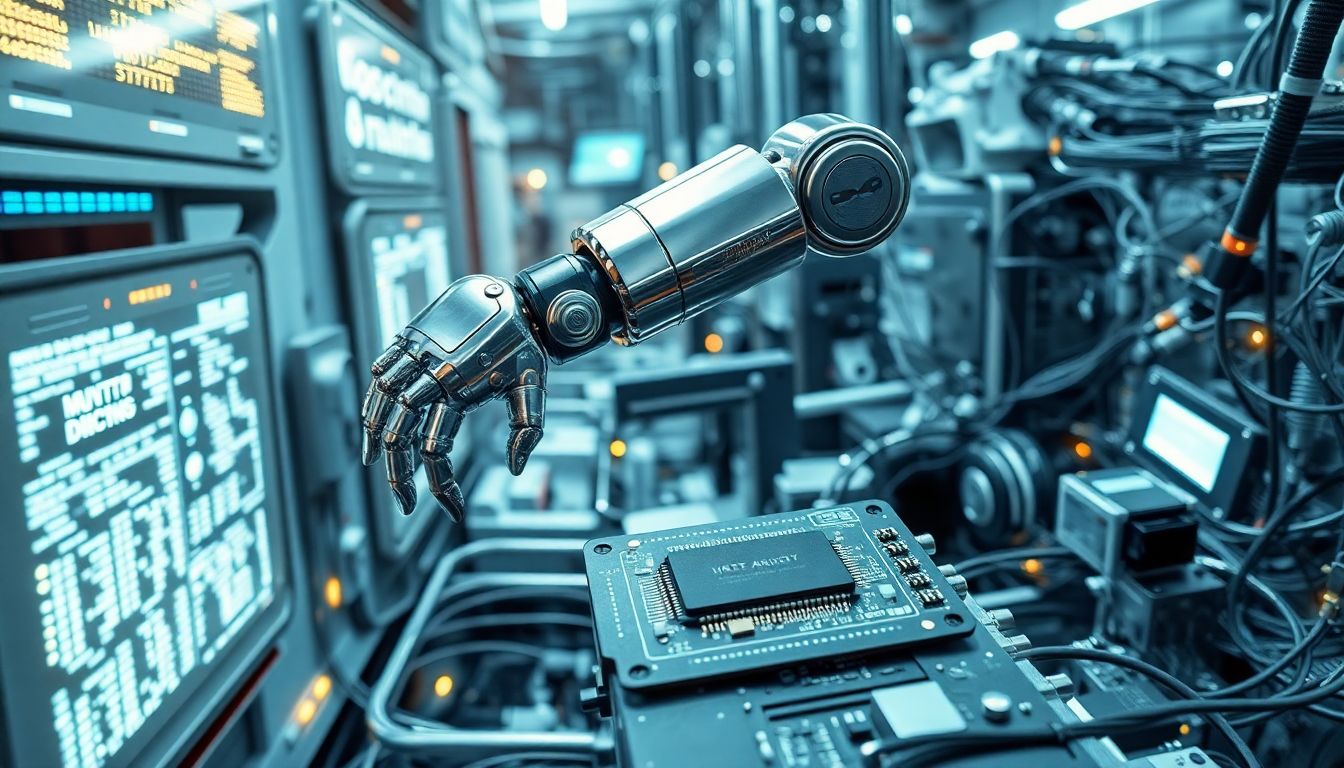Imagine a world where robots handle daily operations and AI predicts market movements before they occur. The combination of artificial intelligence and robotics is transforming business, offering capabilities that were once science fiction. These technologies are now essential for companies wanting to remain competitive by improving efficiency, cutting costs, and enabling growth.
The Power of AI and Robotics Working Together
AI and robotics each have unique strengths that become even more powerful when combined, unlocking new levels of automation and insight.
AI Enhances Robotics
- Enables robots to perform complex tasks
- Allows learning from data through machine learning
- Provides computer vision for environmental awareness
- Facilitates intelligent decision-making capabilities
Robotics Extends AI’s Reach
- Brings AI into the physical world
- Automates physical processes and operations
- Processes real-world data from various sources
AI-Powered Robots in Manufacturing
- Build products with precision and consistency
- Use computer vision for quality control and defect detection
- Adapt movements in real-time based on sensor data
- Minimize errors while accelerating production
- Free human workers for more complex tasks
Streamlining Operations & Increasing Efficiency
Automating Repetitive Tasks
- Robotics in manufacturing assembly lines
- AI chatbots handling customer service inquiries
- Automated data entry and processing
- Frees human workers for strategic and creative work
Optimizing Supply Chains
- AI-enhanced inventory management systems
- Robotics accelerating logistics and delivery
- Reducing waste while increasing efficiency
Real-Time Data Analysis
- Processing live data from thousands of sensors
- Enabling faster, smarter business decisions
- Increasing overall organizational agility
Transforming Customer Experience
AI-Powered Customer Service
- 24/7 chatbot support with immediate responses
- Virtual assistants solving customer problems
- Freeing human agents for complex inquiries
Personalized Engagement
- AI-driven product recommendations
- Targeted marketing campaigns based on customer data
- Enhanced customer interactions and loyalty
Retail and Hospitality Applications
- Autonomous delivery robots
- Automated inventory management
- Interactive customer service displays
Implementation Challenges
Workforce Transition
- Retraining and upskilling programs for employees
- Smooth transitions into new, value-added roles
Data Security and Privacy
- Implementing strong cybersecurity measures
- Compliance with privacy regulations
- Building trust with customers and partners
Integration Strategy
- Starting with small pilot projects
- Gradual scaling based on results
- Minimizing risk during implementation
The Future of AI and Robotics in Business
Emerging Technologies
- Edge computing bringing AI closer to data sources
- Swarm robotics for collaborative problem-solving
- Explainable AI (XAI) for transparent decision-making
Integrated Systems
- Convergence of AI, robotics, and IoT
- Enhanced operational efficiencies
- Improved decision-making capabilities
Workforce Preparation
- Investing in AI and robotics education
- Developing new employee capabilities
- Fostering a culture of innovation
Conclusion
AI and robotics offer transformative potential for businesses across all sectors. By enhancing productivity, streamlining operations, and creating superior customer experiences, these technologies provide competitive advantages. Successful implementation requires strategic planning, workforce development, and ethical considerations. Businesses that effectively leverage AI and robotics will be positioned to thrive in the evolving digital economy.

